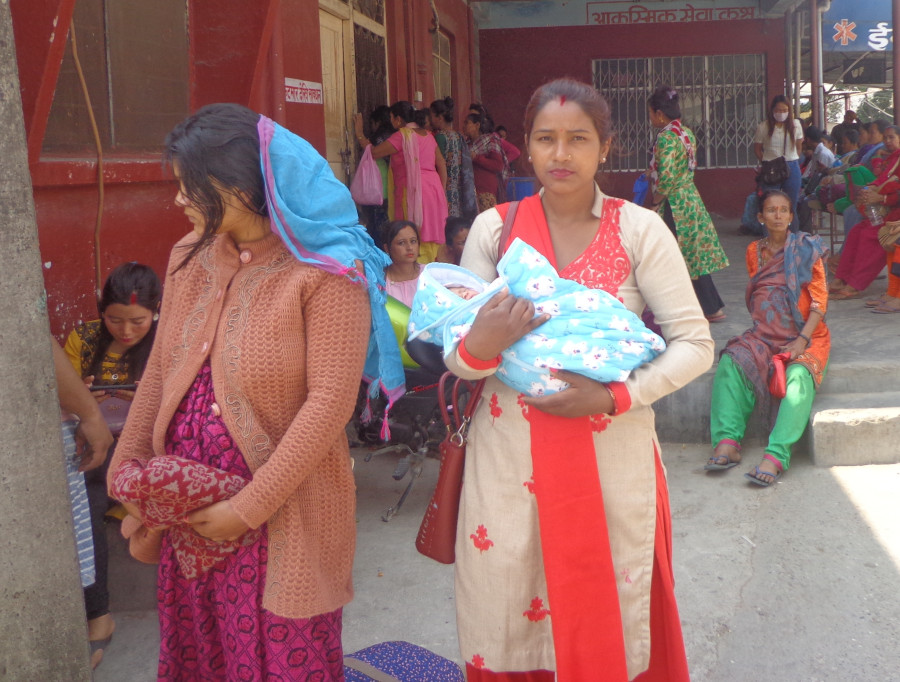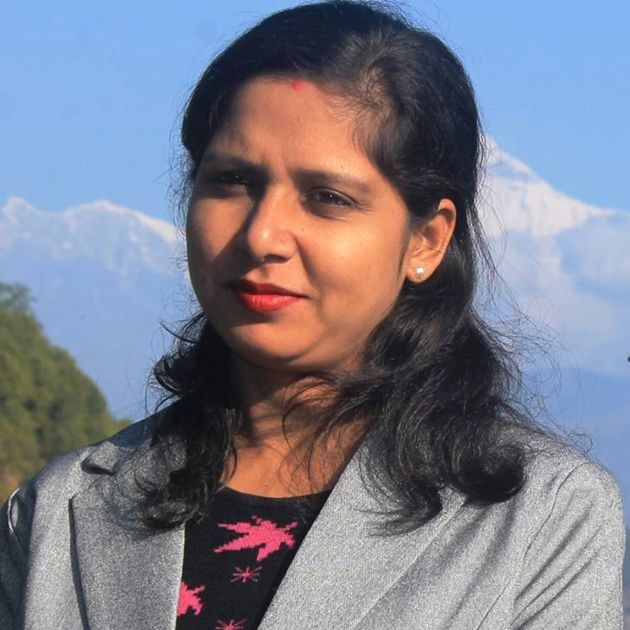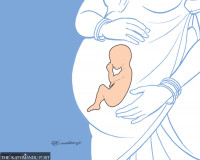Health
With no easy access to health centres, women in remote districts of Province 5 are opting for home births
Despite the government’s initiative to encourage women to visit health care centres for pre and post natal check-ups under the ‘Safe Motherhood Programme’, around 41 percent pregnant women in Province 5 still give birth at home.
Amrita Anmol
Gita Thapa had been in labour for four days. On the fourth day she started bleeding excessively. After days of enduring excruciating pain, all she hoped for was for her baby to be born. But for Thapa, a resident of Sitganga Municipality in Arghakhanchi district, pain was far from over. The pain got worse on the fifth day, her body gave away and she started convulsing and shivering. Only then was she taken to Lumbini Zonal Hospital in Butwal by her mother-in-law and neighbours.
A team of gynecologists and obstetrician Dr Shreedhar Acharya helped Gita safely deliver her baby at the hospital.
“Her baby was in a transverse lie position (sideways) which made her delivery risky. If there had been further delay in bringing her to the hospital, both the mother and child would have been in grave danger,” said Acharya.
But Gita, who had never visited a health centre for prenatal checkups during the course of her pregnancy, was unaware of the baby’s condition.
"This is my second pregnancy. I had given birth to a daughter at home two years ago,” said 21-year-old Geeta, “I hadn’t faced any complications with my first baby and I thought it would be the same this time too. But the labour was very painful and I was bleeding profusely; that’s when my family brought me to the hospital.”
Despite the government’s initiative to encourage women to visit health care centres for pre and post natal check-ups under the ‘Safe Motherhood Programme’, around 41 percent pregnant women in Province 5 still give birth at home, according to the National Demographic Health Survey-2016.
One of the reasons for the high rate of home births in the province is that women like Gita do not have access to free medical services due to the remoteness of their locations.
“We don’t have health centres nearby. The closest centre is around four hours away and we don’t get transportation easily,” said Gita.
There are 363 birthing centres providing 24-hour safe delivery services in the province. Additionally, there are 32 health centres providing basic delivery and infant care service, and 14 health centres providing emergency delivery and infant care service. But out of the 983 wards in the province, 322 wards still do not have access to health centres.
According to Acharya, more investment needs to be injected in running campaigns to raise awareness on safe motherhood programme, and physical infrastructure should be developed to bring health centres closer to women in the far-flung districts of Province 5.
“Unawareness of the risks associated with home births and limited access to health centres compel women in rural districts to opt for home births,” Acharya said. Stressing on the need to increase the number of health and birthing centres in the province and to deploy efficient health workers to these centres, Acharya said, “Physical infrastructure should be built not just in terms of road connectivity but in regards to health services as well. Pregnant women should not be asked to return home for lack of beds and trained health workers at these health posts."
Sudarshan Baral, minister of Social Development of Province 5, said that the provincial government plans to add more birthing centres and increase the reach of free maternity services. The government's recent ‘Employee Readjustment Program’ has seen many health posts unmanned for lack of doctors, especially in far-flung rural districts of various provinces.
“We will ensure that sufficient health workers are deployed in health posts across all districts of the province. We also plan to extend free maternity services to expecting mothers in community and private hospitals," Baral said.
The government’s efforts to bring all pregnant women under its free health programmes in a bid to reduce and limit maternal mortality rate to 125 per 100,000 births by 2020 have remained a challenge due to factors such as lack of proper implementation, shortage of funds and insufficient skilled human resource.
For Gita, survival of her baby and herself has been a miracle, but she’s not sure if she will be able to come back to the hospital for postnatal care, even though her doctor has stressed on the importance of it.
“Coming to Butwal for follow-ups is going to be difficult for us. I don’t know if I’ll come back,” Gita said.




 4.91°C Kathmandu
4.91°C Kathmandu














